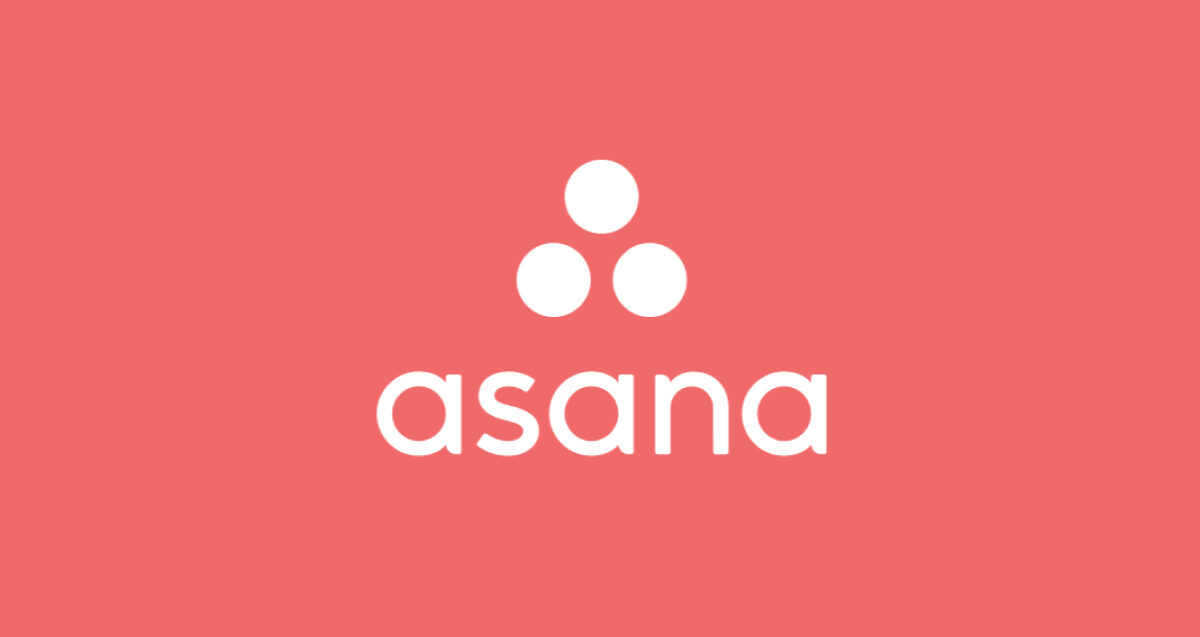If you’re reading this article, you know we aren’t talking about yoga. Asana is one of the largest project and task management applications for team workflows. Like many other softwares, Asana’s platform lets you plan, share, and organise teamwork through a simple to-do list.
Asana was founded in 2008, by Dustin Moskovits and Justin Resentein. One of the main reasons Asana has found success with investment is due to the fact that its founders come from renowned brand tech companies such as Facebook and Google.
When Asana first launched, competition was very scarce in the project management market. Many of the offers were too complex such as Microsoft Project that only experienced project managers and developers could understand its usage. That’s why, Asana focused mainly on making project management friendlier for team collaborations.
However, though Asana has found success in the past, can it stack up against today’s vast and improved project management software market?
In this article, we will explore through:
- How Asana works
- Pros and cons of Asana
- User reviews
- Better alternatives for Project Management
How does Asana work?
The way Asana works it’s that it divides your organisation’s work into teams, within those teams projects are added, and within those projects, tasks are listed which can also be segmented into sections. This means that tasks are either done or not done, there is no status bar where you can track the progress of a task unless you make sections designated for those progress statuses.
Although you can create work-arounds for those type of functions with their “Sections” feature, this makes your workflow more disorganised as different teams and individuals will set up their sections and projects differently. Making it hard to collaborate as there is no standardised system to follow for all.
You can assign users’ basic tasks, searches, and file storages that are summed up in a to-do list that can be shared with up to 15 participants.
The premium version on the other hand allows more advanced features that allow reporting, start dates, and unlimited dashboards as well as team members, but with a price tag of $10.99 a month.
Pros and cons of Asana
To make it easier, we have listed the top 3 pros and cons of the Asana platform:


User reviews
Asana has gotten so much praise about their to-do lists, but how do professionals and other users really think about Asana?
Can’t Find What You’re Looking For — Stephanie, September 2020
“I find that Asana is not intuitive at all. It’s difficult to navigate and to find tasks that have been assigned or changed.”
No High-Level Reporting — Todd, February 2019
You cannot run a team within Asana unless you want to waste a LOT of time figuring out the status of all your projects. They are missing such basic features that I ultimately had to build a spreadsheet to handle reporting instead of using their system for it.
Difficult To Use — Michelle, March 2018
“Not useful for design intensive work. Slow to load. Hard to keep track of projects and No desktop apps.”
Better Alternatives for Project Management
So, Asana offers an easy and clear to-do list based platform, but that still lacks better task management functionalities and user experience dynamics like setting goals and tracking progress natively unless you integrate another third party tool, which means more money to spend on subscriptions. Confused? Don’t get frustrated over it, we got you the perfect alternative that will suit to your organisation’s needs:
Your team’s own social media platform
MORNINGMATE has a simple and intuitive user interface that doesn’t require a high learning curve, making it easy and seamless to use and integrate to your workflow. The platform has a familiar look and feel design as a social media platform, offering a feed of all work activities for each project board so that you can have everything related to that project or topic in one place. Need to see work differently? MORNINGMATE offers different workspace views such as Task list view, calendar view, and even a timeline view where you can see everyone’s progress, tasks, and meeting schedules all at once. But that’s just the tip of the iceberg, here are some of the main vital functionalities that you will surely appreciate working with MORNINGMATE:

1. Create, assign, and track tasks
MORNINGMATE’s task manager, simplifies creating tasks into 5 easy steps:
- Write about the project
- List all tasks
- Select progress status
- Assign team members
- Set deadlines and priority
Yes, that’s how simple it can be to plan and track projects and tasks with MORNINGMATE.
2. Internal and external collaboration
MORNINGMATE makes collaborating seamless and effortless by allowing you to easily invite external partners and customers into your team’s workflow so that you can keep everything in one place and you can forget about the endless emails and lost files that usually clutter when working with external parties.
3. Chat, comment, and video call with the best
MORNINGMATE offers centralised communications by context. You can comment directly on work posts to give feedback on a specific topic or task, create one-on-one or group chat rooms to discuss work in real-time, and if that’s not enough, you can hop on a call directly from the chat box with our ZOOM and Microsoft Teams integration (That way, you can still take advantage of the best feature Teams has to offer AND your 365 Suite subscription).
We are barely scratching the surface about the powerful tool MORNINGMATE can be for your team. Check out all the other features MORNINGMATE’s platform has to offer before you consider outdated platform workflows. Not sure? Try it for FREE! Update your organisation’s old work system and start optimising your workflow and saving money on inefficiencies.


